Introduction
The art of making and cooking traditional Chinese foods, such as zongzi, is steeped in rich cultural heritage and historical significance. Zongzi, also known as rice dumplings, are a staple during the Dragon Boat Festival, a celebration marking the life and teachings of the ancient poet Qu Yuan. These delicious packages of sticky rice wrapped in bamboo leaves and often filled with various ingredients like sweet red bean paste, salted meat, or lotus seed paste, are a symbol of unity and loyalty. Among the various shapes zongzi can take, pyramid-shaped zongzi (often referred to as “triangle zongzi”) are particularly popular due to their ease of wrapping and appealing aesthetic.
When it comes to cooking these delicious treats, many home cooks opt for the convenience and efficiency of a pressure cooker. The high temperature and steam pressure within the cooker expedite the cooking process, ensuring that the sticky rice is cooked to perfection while retaining the flavors and textures of the fillings. In this comprehensive guide, we will explore the estimated time frame for cooking pyramid-shaped zongzi in a pressure cooker, along with detailed steps, tips, and troubleshooting advice to help you achieve the best results.
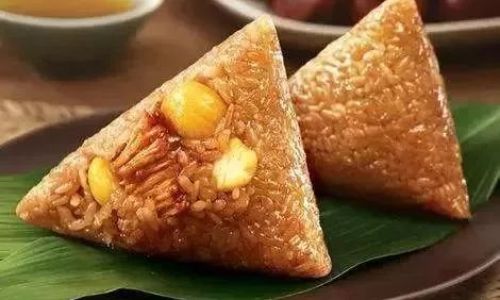
Understanding the Pressure Cooker
Before diving into the specifics of cooking zongzi, it’s essential to understand the basics of a pressure cooker. A pressure cooker is a sealed pot that uses steam pressure to cook food at higher temperatures than conventional methods. This increased pressure raises the boiling point of water, allowing food to cook faster and more evenly. Pressure cookers are particularly useful for dishes that require long, slow cooking, such as stews, soups, and, yes, zongzi.
When using a pressure cooker, safety is paramount. Always follow the manufacturer’s instructions carefully, ensuring that the lid is properly sealed and that you release the pressure according to the recommended method (either naturally cooling or using the quick-release valve). Additionally, never attempt to open the cooker while it is still under pressure, as this could result in serious injury.
Preparing the Zongzi
Before you can cook your pyramid-shaped zongzi, you need to prepare them. This involves selecting the right ingredients, wrapping the zongzi, and ensuring they are tightly sealed to prevent leakage during cooking. Here’s a step-by-step guide to preparing your zongzi:
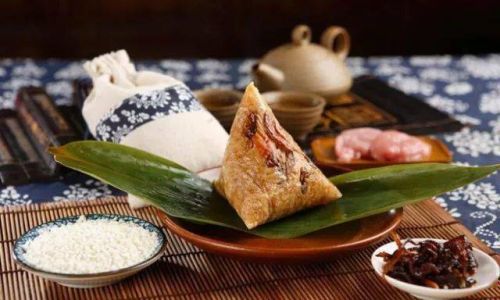
-
Select Ingredients:
- Sticky Rice: Choose high-quality glutinous rice for the best texture.
- Bamboo Leaves: Fresh or dried bamboo leaves are essential for wrapping. If using dried leaves, soak them in water overnight to soften them.
- Fillings: Options include sweet red bean paste, salted meat (like pork belly), lotus seed paste, mushrooms, and more.
- Strings: Use cotton strings or bamboo ties to secure the zongzi.
-
Prepare the Rice:
- Rinse the glutinous rice under cold running water until the water runs clear.
- Soak the rice in water for at least 4 hours or overnight. This helps the rice absorb water and become sticky when cooked.
-
Wrap the Zongzi:
- Boil the bamboo leaves in hot water for a few minutes to soften and clean them.
- Place two or three leaves on a flat surface, overlapping them slightly.
- Fold the leaves into a cone shape, with the pointed end facing away from you.
- Add a spoonful of soaked rice, followed by your chosen filling.
- Top with another spoonful of rice.
- Fold the sides of the leaves over the rice, then fold the pointed end down to seal the zongzi.
- Secure the zongzi with a string, tying it tightly to ensure it holds its shape during cooking.
Cooking Time in a Pressure Cooker
Now that your zongzi are prepared, it’s time to cook them. The cooking time for pyramid-shaped zongzi in a pressure cooker can vary depending on the size of the zongzi, the type of pressure cooker, and personal preference for doneness. However, a general estimate is between 1 to 1.5 hours under high pressure. Here’s a detailed breakdown of the cooking process:
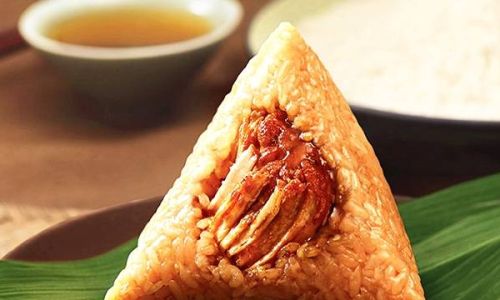
-
Add Water:
- Place a trivet or steaming rack in the bottom of your pressure cooker.
- Add enough water to reach but not exceed the halfway mark of the cooker. This ensures that the zongzi will steam rather than boil.
-
Arrange Zongzi:
Place the wrapped zongzi in the pressure cooker, ensuring they are not overcrowded. You can stack them gently but avoid packing them too tightly, as this could prevent even cooking.
-
Seal and Cook:
- Secure the lid of the pressure cooker and lock it in place.
- Set the cooker to high pressure and adjust the cooking time according to your estimate. For medium-sized pyramid-shaped zongzi, start with 1 hour. If you prefer your zongzi to be extra tender, you can extend the time to 1.5 hours.
-
Release Pressure:
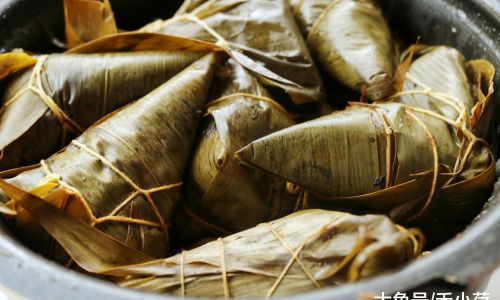
- Once the cooking time is up, allow the pressure to release naturally for about 15-20 minutes. This helps to prevent the zongzi from becoming too mushy.
- If you are in a rush, you can use the quick-release valve, but be aware that this may result in slightly looser rice texture.
-
Check Doneness:
- Carefully open the pressure cooker and remove the zongzi.
- Let them cool slightly before unwrapping. The rice should be sticky and cooked through, and the filling should be flavorful and tender.
Troubleshooting Tips
Even with the best intentions and careful preparation, issues can arise when cooking zongzi. Here are some troubleshooting tips to help you overcome common problems:
- Zongzi Are Too Hard: If the zongzi are not cooked through, you can return them to the pressure cooker with a bit more water and cook for an additional 15-20 minutes under high pressure.
- Zongzi Are Too Mushy: Overcooking can lead to mushy zongzi. If this happens, try reducing the cooking time by 10-15 minutes next time.
- Leaves Are Falling Off: This can happen if the zongzi are not tied tightly enough. Use more string or ensure that the folds are secure before tying.
- Water Leakage: If water leaks into the zongzi, it could be due to improper sealing of the leaves. Check for any gaps or tears in the bamboo leaves and seal them more securely next time.
Serving and Enjoying Your Zongzi
Once your pyramid-shaped zongzi are cooked to perfection, it’s time to serve and enjoy them. Here are some serving suggestions and ideas to make your zongzi experience even more delightful:
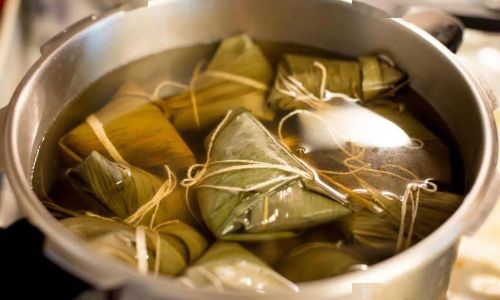
- Dipping Sauces: Serve your zongzi with traditional dipping sauces like soy sauce, sweet chili sauce, or a mixture of sesame oil and soy sauce.
- Accompaniments: Pair your zongzi with fresh fruit, pickled vegetables, or a light salad for a balanced meal.
- Storage: If you have leftovers, you can store cooked zongzi in the refrigerator for up to 3 days. Reheat them in the microwave or steam them gently before serving.
Conclusion
Cooking pyramid-shaped zongzi in a pressure cooker is a quick and efficient way to enjoy this traditional Chinese delicacy. By following the steps outlined in this guide, you can achieve perfectly cooked zongzi with tender rice and flavorful fillings. Remember to always prioritize safety when using a pressure cooker, and don’t hesitate to experiment with different fillings and cooking times to find your perfect zongzi recipe. With a little practice and patience, you’ll be able to create delicious, authentic zongzi that will be a hit at any gathering or family meal. Enjoy the process and the delicious results!
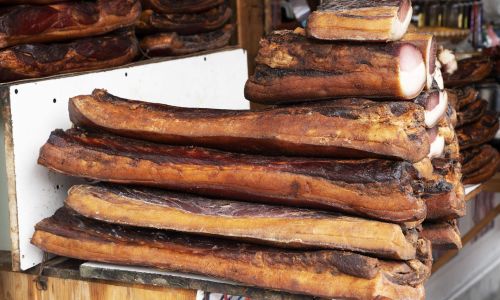
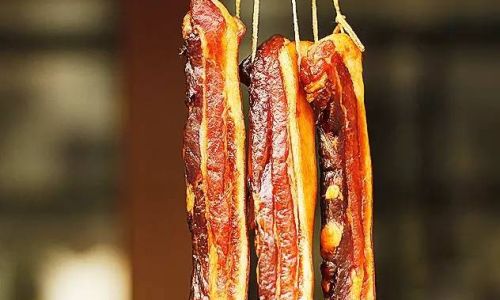
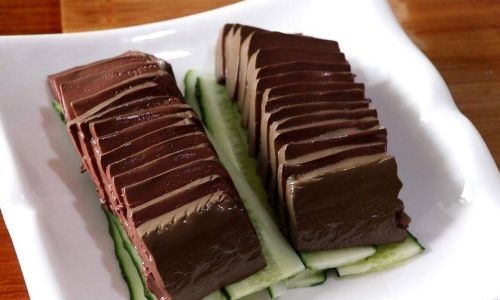
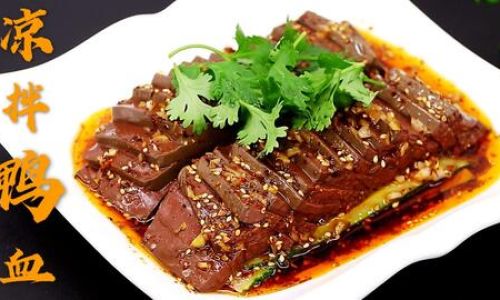

0 comments